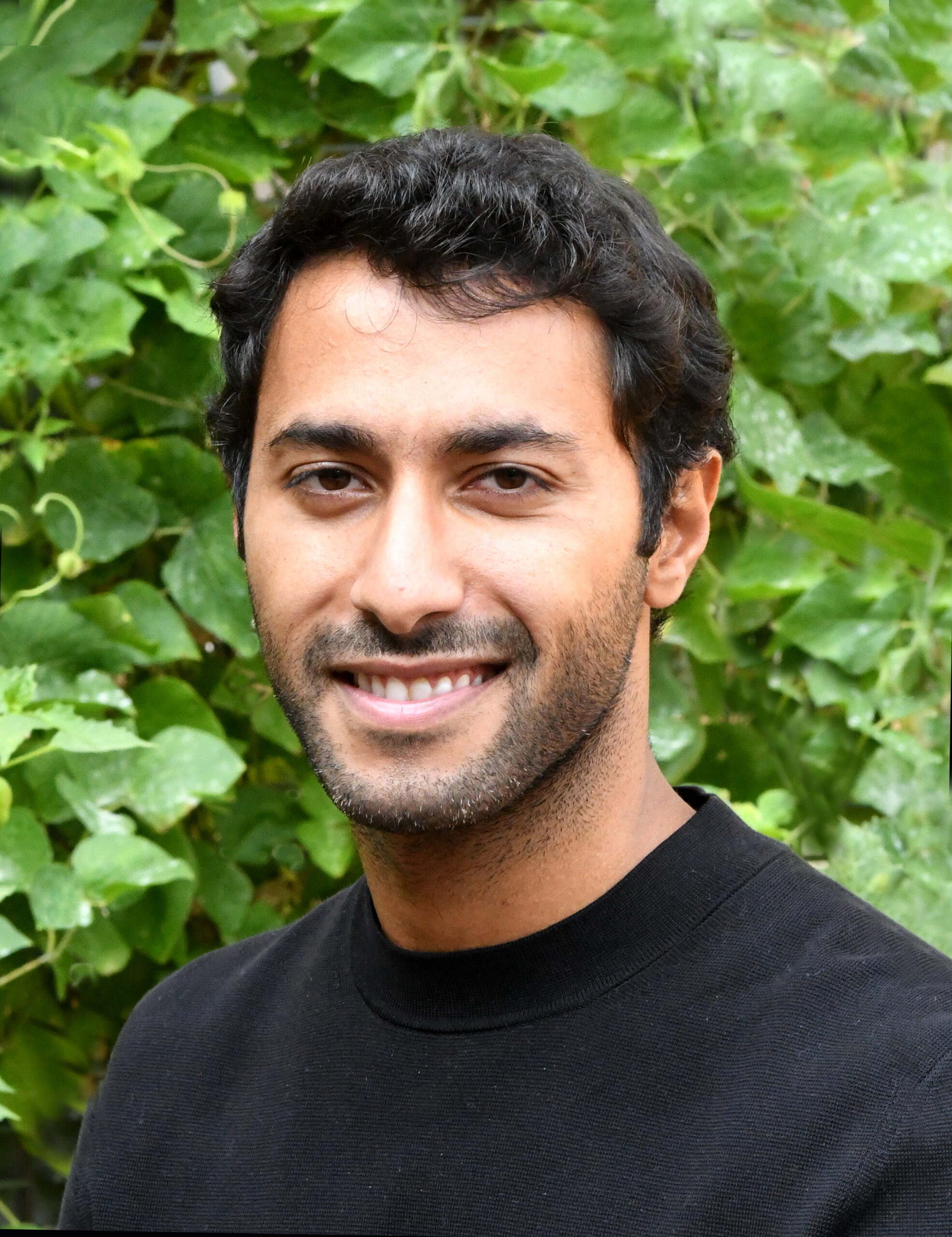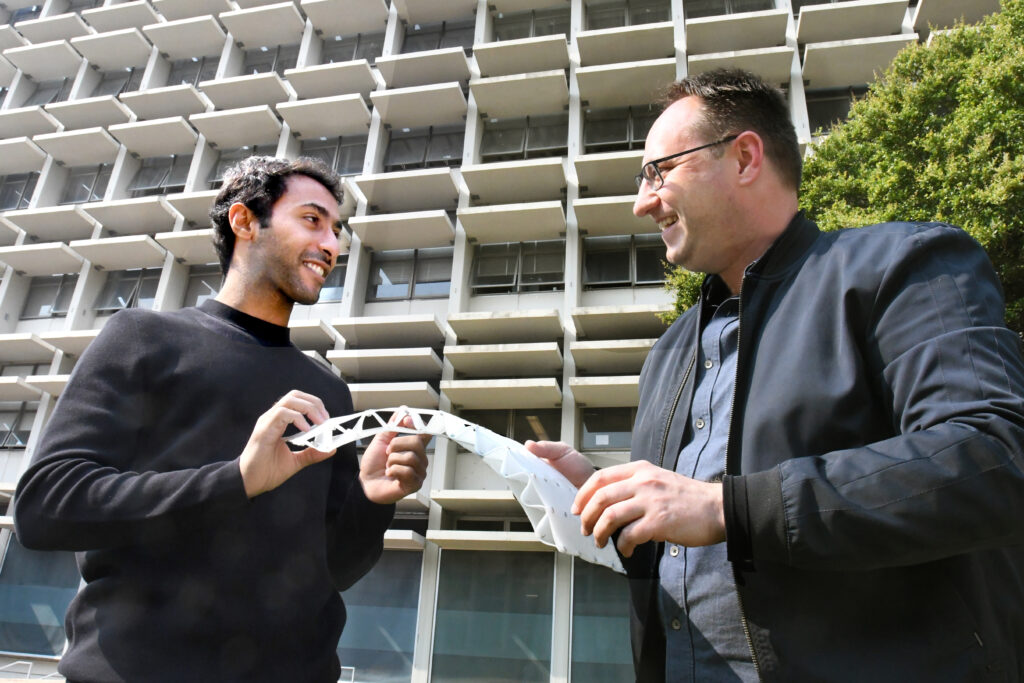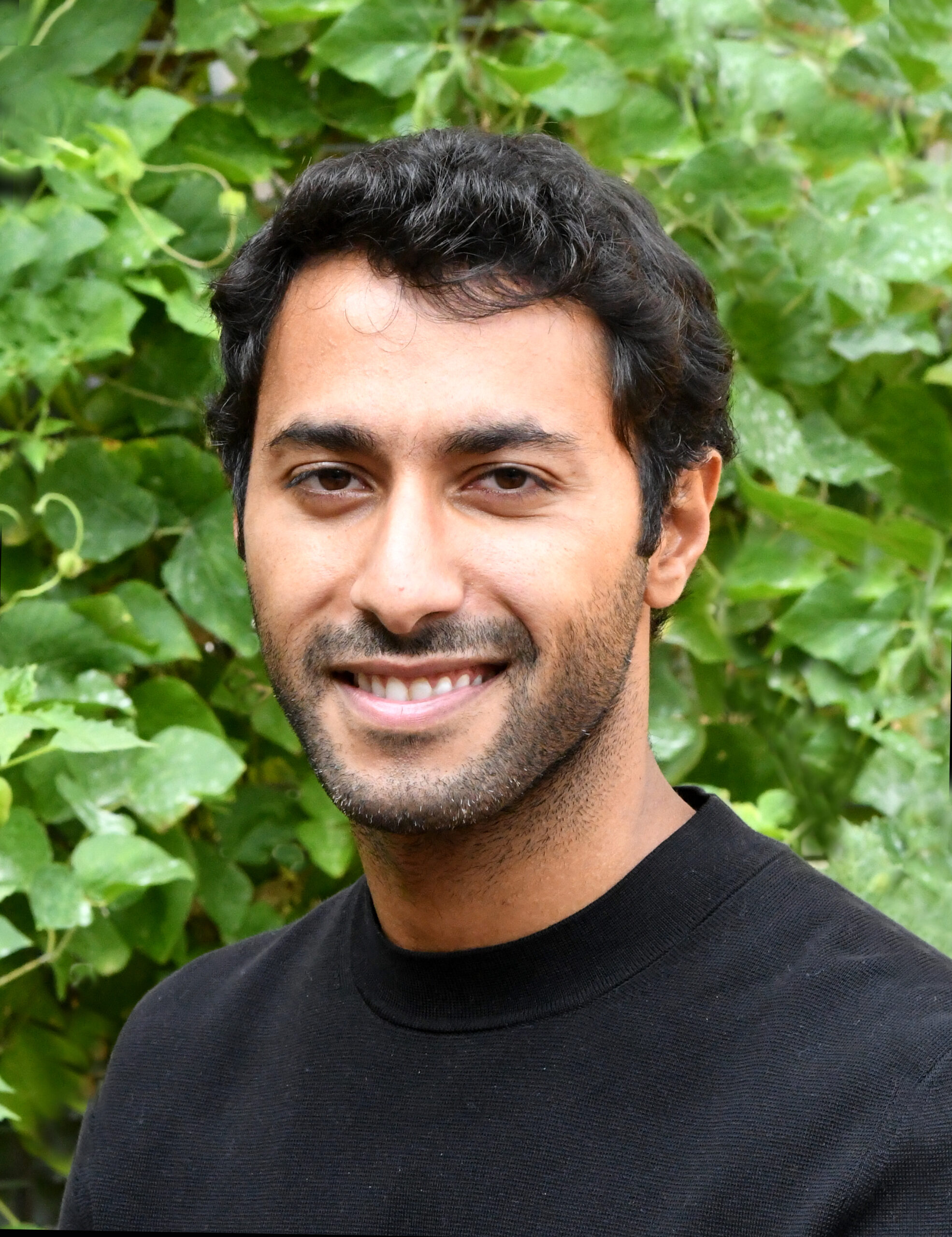
Entrepreneurial Journeys
Innovation FellowsBuilding New Possibilities: How a Bakar Fellow is Transforming Architecture
by: niki borghei
Background
Barrak Darweesh is an architect and designer from Kuwait, currently attending UC Berkeley as a Ph.D. Candidate at the College of Environmental Design. Leveraging computational design as a language of mediation, Barrak aims at contextualizing the potential of architectural scale non-planar robotic additive manufacturing at the software and hardware levels.
Barrak’s previous academic appointments include a Bachelors of Architecture Degree from the Newschool of Architecture and Design, a Masters of Architecture degree at UC Berkeley, a research position at the Mediated Matter Group, MIT Media Lab, and a computational design position at Oakland-based design studio, Emerging Objects.
Barrak has worked on a series of award-winning projects featured on several media platforms and at international exhibitions. He is currently sponsored by Kuwait’s Ministry of Higher Education.

Motivation
Robotics and digital fabrication tools have revolutionized architectural design and manufacturing. One example of this is the development of 3D printing in architecture, which has the potential to help those who struggle to find secure, affordable housing. The housing gap is a familiar problem in the Bay Area, and Barrak is confident in the solutions made possible by his research.
“For decades, buildings have been designed and constructed in hundreds, if not thousands, of parts,” he said, “With the use of robots, material design and innovation, and creative construction processes, we aim for new approaches to design architecture, broadening the current possibilities.”
Area of Research
Currently, Barrak focuses on robotic additive manufacturing. This means he uses robotic arms (similar to the ones used to manufacture cars) to 3D print complex architectural components, and potentially buildings, made of various materials.
“Robotic arms have been used since the 50’s in automated manufacturing,” he explained, “They have proven to be successful builders that are versatile and precise, making them suitable for fast, repetitive tasks and mass production. In architectural design, robots offer tool versatility and adaptability to different operations, allowing them to transform from a 3D printing machine, to a painter, to a 3D scanner. This flexibility allows architects to work in closer proximity to robots and be involved not only in designing products, but being involved in designing creative manufacturing processes as well.”
Where it Leads
By joining the Bakar Fellows Program, he and his team (who are featured in the Bakar Fellows Program’s 10th anniversary video) are closer to reaching their goals. The Bakar Fellowship has allowed him and his lab mates to dedicate a space off the Berkeley campus to become their robotic research lab. With the fellowship funds, they were also able to purchase a robotic arm and the necessary equipment to initiate their research.
“I hope my research will allow for further possibilities in terms of geometric features and material variation when fabricating architectural components and building elements. The aim is to improve construction efficiency regarding material waste, construction time, and energy, while overcoming design limitations.”
